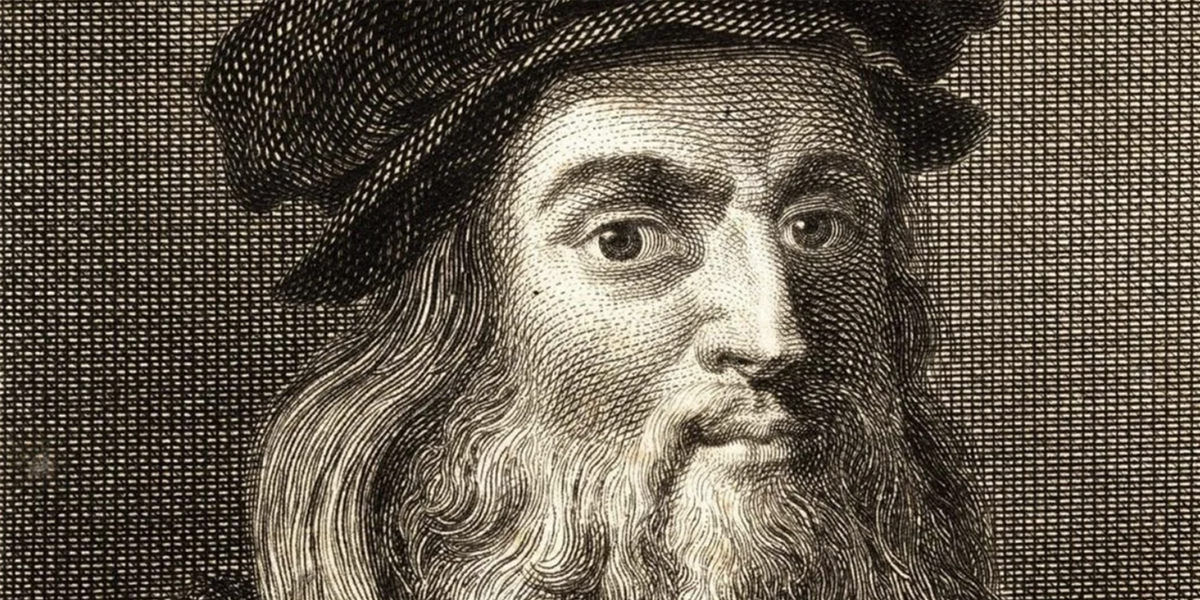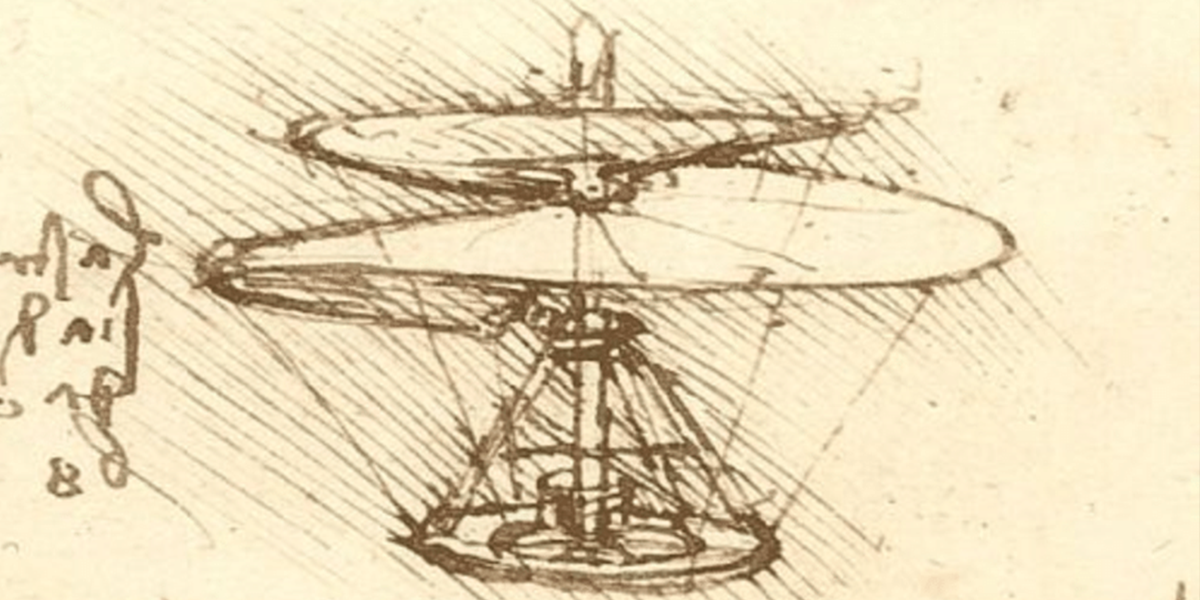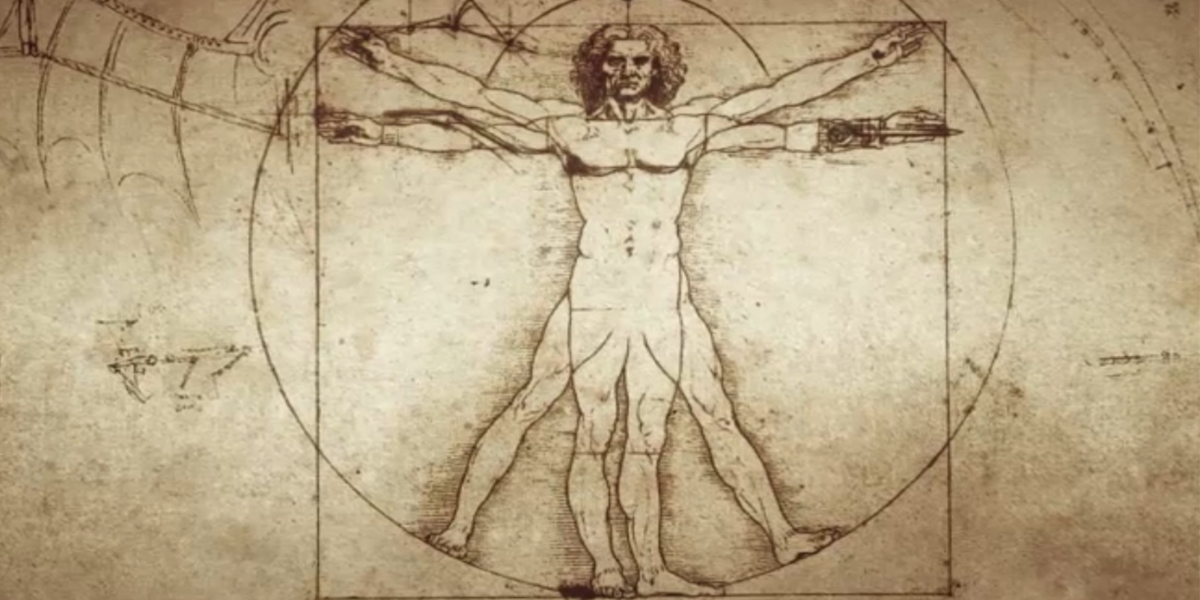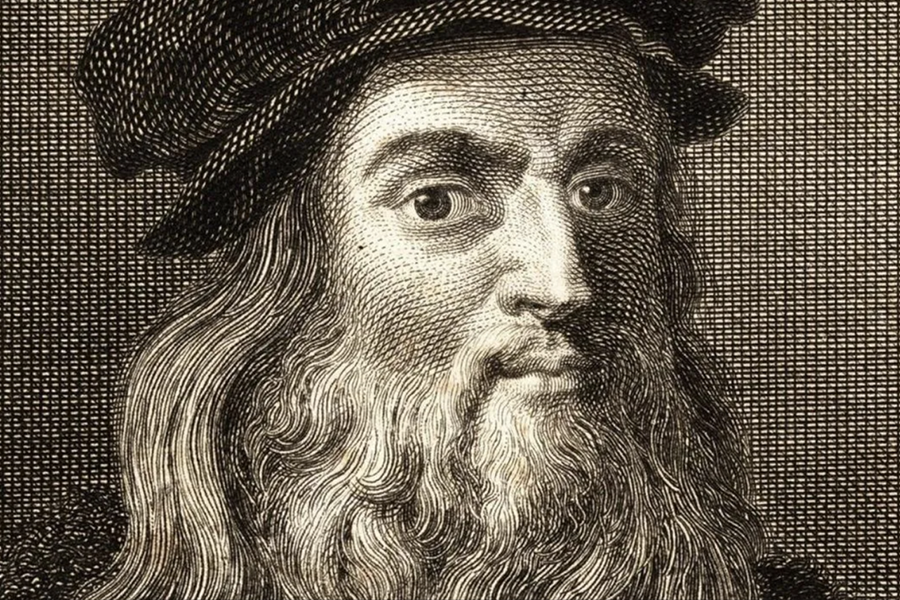Leonardo da Vinci, a polymath whose work epitomizes the Renaissance humanist ideal, was born on April 15, 1452, in Vinci, Italy. Renowned primarily for his masterpieces in art, such as the “Mona Lisa” and “The Last Supper,” da Vinci was also a visionary inventor, engineer, scientist, and anatomist. His notebooks, filled with sketches and ideas, reveal a mind centuries ahead of its time. This article explores some of Leonardo da Vinci’s most groundbreaking innovations and their lasting impact on science and technology.

Flying Machines
Leonardo da Vinci’s fascination with flight is evident in his numerous sketches of flying machines. His designs, including the ornithopter and the helicopter (or “aerial screw”), reflect his keen observation of birds and understanding of aerodynamics. The ornithopter, inspired by the flapping of wings, aimed to achieve flight by mimicking birds’ movements. The aerial screw, resembling a modern helicopter rotor, suggested a vertical flight mechanism. While these machines were never built in his lifetime, they laid the conceptual foundation for future aviation technologies.

The Vitruvian Man
Leonardo’s “Vitruvian Man” is one of the most iconic drawings in art and science. Based on the work of the ancient Roman architect Vitruvius, this drawing illustrates the ideal human proportions and reflects Leonardo’s deep understanding of anatomy and geometry. The Vitruvian Man symbolizes the intersection of art and science during the Renaissance, embodying the harmony of the human body and the universe.

The Parachute
Leonardo da Vinci designed one of the earliest known parachutes, a pyramid-shaped structure made of linen with a wooden frame. His sketch, accompanied by a description, suggested that a person could jump from any height without injury using this device. Though there is no evidence that da Vinci built his parachute, modern tests of a replica have proven its feasibility, highlighting his ingenuity in safety and aeronautics.
Hydraulic Engineering
Leonardo’s contributions to hydraulic engineering were extensive and innovative. He devised a variety of machines for channeling and controlling water, such as water wheels, pumps, and even an early version of a scuba diving suit. His canal and irrigation system designs aimed to improve water transport and agricultural efficiency. His understanding of hydraulics and fluid mechanics was ahead of his time, influencing later advancements in civil engineering.
Anatomical Studies
Leonardo’s anatomical studies were groundbreaking in their accuracy and detail. He dissected numerous human corpses, meticulously documenting the structure and function of muscles, bones, and organs. His drawings, such as those of the human heart and the fetus in the womb, are considered masterpieces of medical illustration. Leonardo’s work in anatomy significantly advanced the understanding of the human body, contributing to the fields of medicine and biology.
Mechanical Engineering
Leonardo’s notebooks are replete with sketches of various mechanical devices, including gears, pulleys, and levers. He designed numerous machines, such as automated looms, cranes, and even a mechanical knight that could move its arms and jaw. These designs showcase his profound grasp of mechanics and his ability to envision complex machinery, some of which anticipated modern robotics and automation.
The Self-Propelled Cart
Leonardo conceptualized a self-propelled cart, which many consider a precursor to the modern automobile. This spring-driven vehicle featured a sophisticated steering and braking system, demonstrating Leonardo’s innovative approach to transportation. Though never built in his lifetime, a working model based on his designs was constructed in the 21st century, validating his visionary engineering concepts.
Leonardo da Vinci’s legacy as an innovator is as profound as his impact on art. His boundless curiosity and inventive genius spanned a wide range of disciplines, from aviation and anatomy to hydraulics and mechanics. Leonardo’s ability to blend art and science, imagination and empirical observation, has left an enduring mark on the world. His notebooks, filled with inventions that were centuries ahead of their time, continue to inspire and challenge modern scientists and engineers, cementing his status as one of history’s greatest minds.



